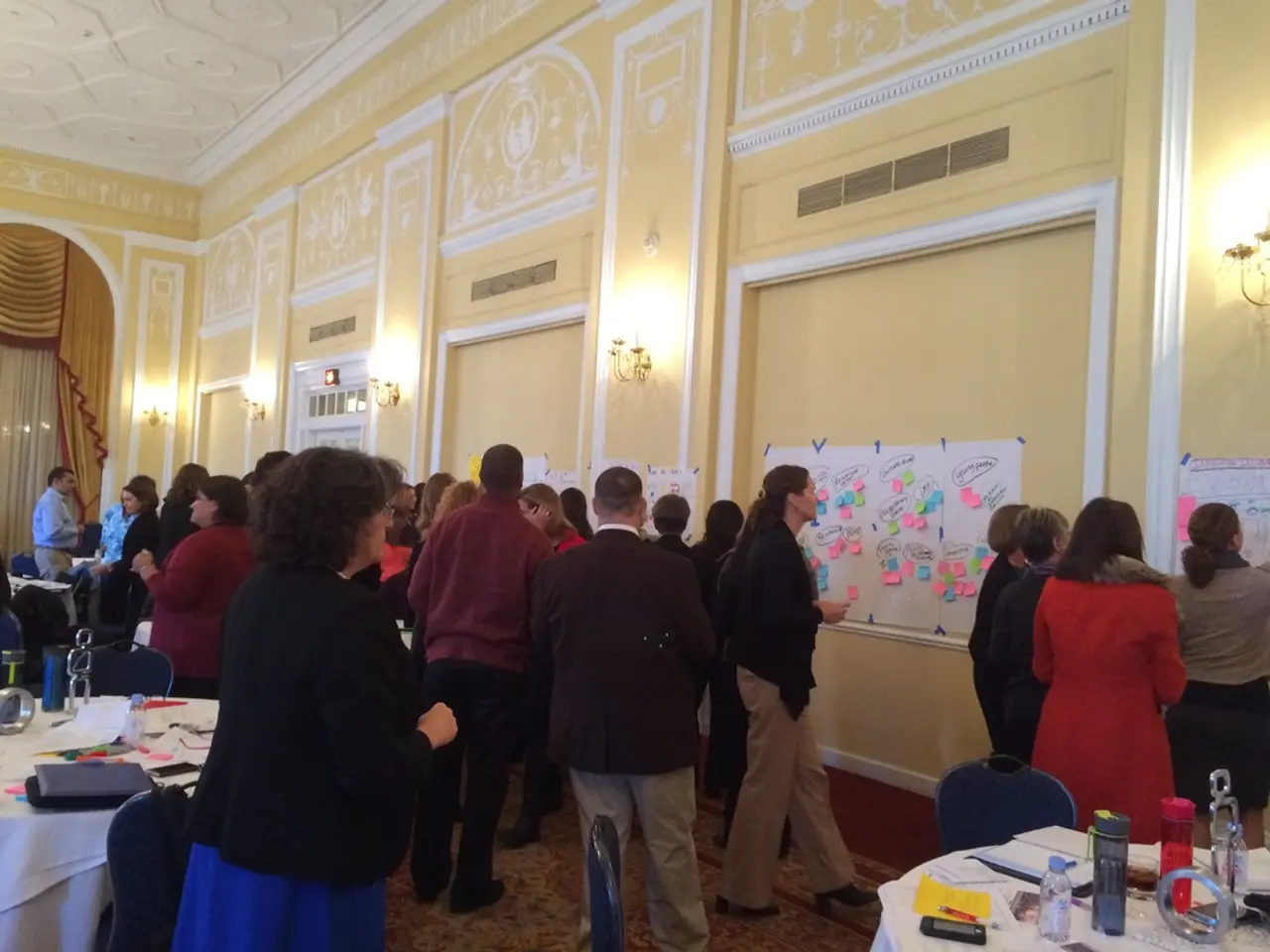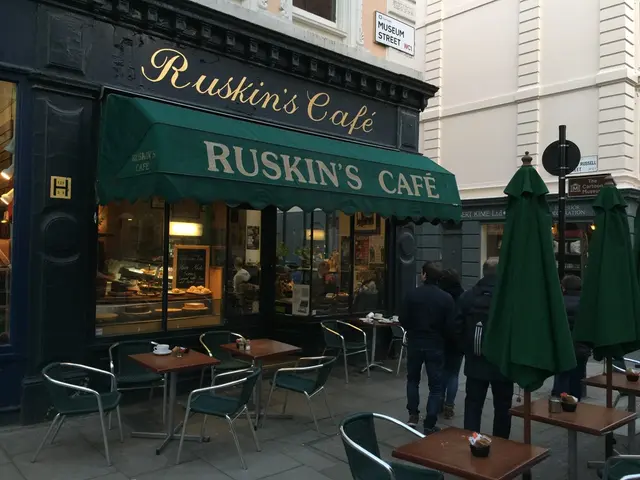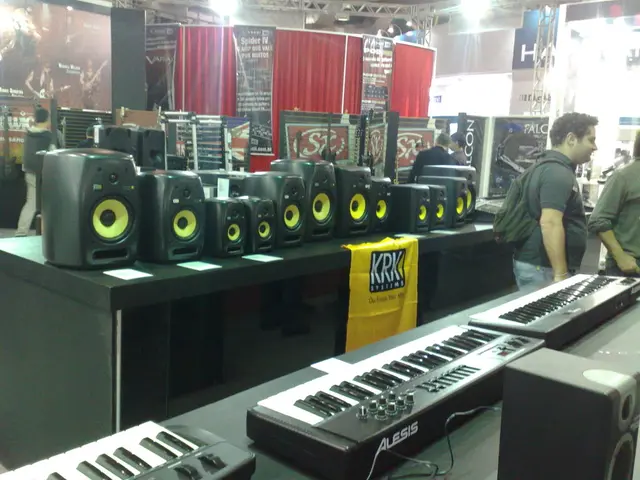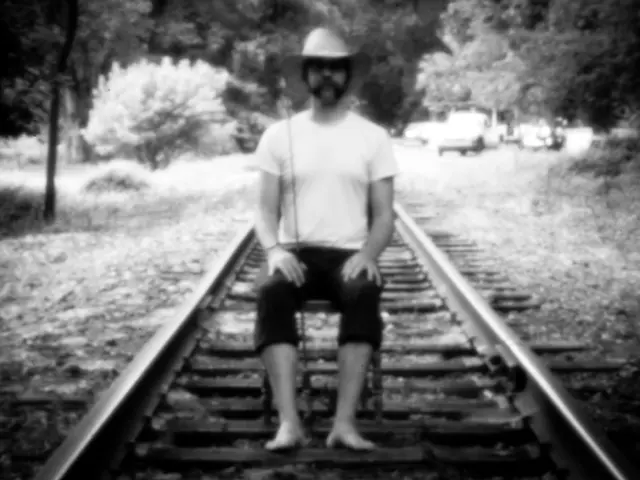Must-See Art Museums in Russia to Explore
In the heart of Moscow and St. Petersburg, a vibrant art scene unfolds, with world-renowned museums preserving Russia's rich cultural heritage and inspiring new generations of artists and thinkers.
The Garage Museum of Contemporary Art, originally housed in the Bakhmetevsky Bus Garage, is a leading institution dedicated to modern and contemporary art practices. Founded in 2008 by Dasha Zhukova and Roman Abramovich, the museum serves as a dynamic platform for Russian and international contemporary artists, showcasing a wide range of disciplines. The museum's collection, which includes pieces by leading avant-garde artists such as Kazimir Malevich, Wassily Kandinsky, Natalia Goncharova, and Marc Chagall, offers a glimpse into the evolving landscape of contemporary art.
Visitors to the Garage Museum can also interact with outdoor installations and participate in seasonal events curated by the museum. The museum's emphasis on context transforms it into an active learning space, with each exhibition accompanied by scholarly research, artist interviews, interactive installations, and educational programs. The museum also includes a bookstore, cafe, and dedicated children's center, making it a well-rounded cultural hub.
The Garage Museum maintains the Garage Archive Collection, one of the most significant resources for studying Russian contemporary art from the 1950s onward. The museum's mission is deeply rooted in education, offering a variety of public programs, including lectures, film screenings, workshops, and family activities.
Moving back in time, the Russian Museum in St. Petersburg is the world's largest repository dedicated exclusively to Russian art. Tracing the entire history of Russian visual art, the museum is housed in the Mikhailovsky Palace and has expanded to include several architectural landmarks, such as the Benois Wing, the Marble Palace, the Stroganov Palace, and the Mikhailovsky Castle.
The Russian Museum's collection spans the 18th and 19th centuries, showcasing portraits, landscapes, and genre scenes that reflect the development of a distinctly Russian school of painting. Highlights from this period include the works of Fyodor Rokotov, Karl Bryullov, Ivan Aivazovsky, and Ilya Repin, with Repin's Barge Haulers on the Volga being particularly notable. The museum also offers extensive insight into the Symbolist and Art Nouveau movements, with contributions by Mikhail Vrubel, Nicholas Roerich, and Viktor Borisov-Musatov.
The Russian Museum plays an essential role in research, restoration, and education, with its various branches hosting exhibitions, lectures, and workshops. The museum's collection of medieval Russian icons includes exquisite religious works from the 12th to the 17th centuries, with pieces attributed to the iconographer Andrei Rublev.
Meanwhile, the Hermitage Museum, founded in 1764 by Empress Catherine the Great, is an iconic global art museum in St. Petersburg. The museum houses over three million items, including paintings, sculptures, applied arts, archaeological artifacts, and decorative objects. The Hermitage Museum's collection includes works by Leonardo da Vinci, Rembrandt, Titian, Raphael, Caravaggio, and El Greco, among others. Additionally, the museum's sculptures and classical antiquities offer insight into ancient civilizations, including Greco-Roman artifacts and Egyptian relics.
The Pushkin Museum of Fine Arts in Moscow is one of the most prominent art institutions in Russia, showcasing connections to global artistic traditions. The museum is especially known for its educational mission, featuring plaster cast replicas of ancient sculptures and masterpieces from the Renaissance to the modern era.
Lastly, the Tretyakov Gallery in Moscow is dedicated primarily to Russian fine art and houses over 180,000 works spanning from medieval icons to contemporary masterpieces. The gallery's unique facade, designed by Viktor Vasnetsov, is a testament to its significance in Russia's artistic landscape.
Russia's art museums offer unmatched experiences for every art enthusiast, preserving the country's creative legacy and inspiring new generations of artists and thinkers. Each museum offers a unique perspective on Russia's artistic history, inviting visitors to immerse themselves in the rich tapestry of Russian culture.
Read also:
- Understanding Hemorrhagic Gastroenteritis: Key Facts
- Stopping Osteoporosis Treatment: Timeline Considerations
- Expanded Community Health Involvement by CK Birla Hospitals, Jaipur, Maintained Through Consistent Outreach Programs Across Rajasthan
- Abdominal Fat Accumulation: Causes and Strategies for Reduction







